Black Raspberries, Vivacious Veronica, Japanese Iris and Wild Parsnips
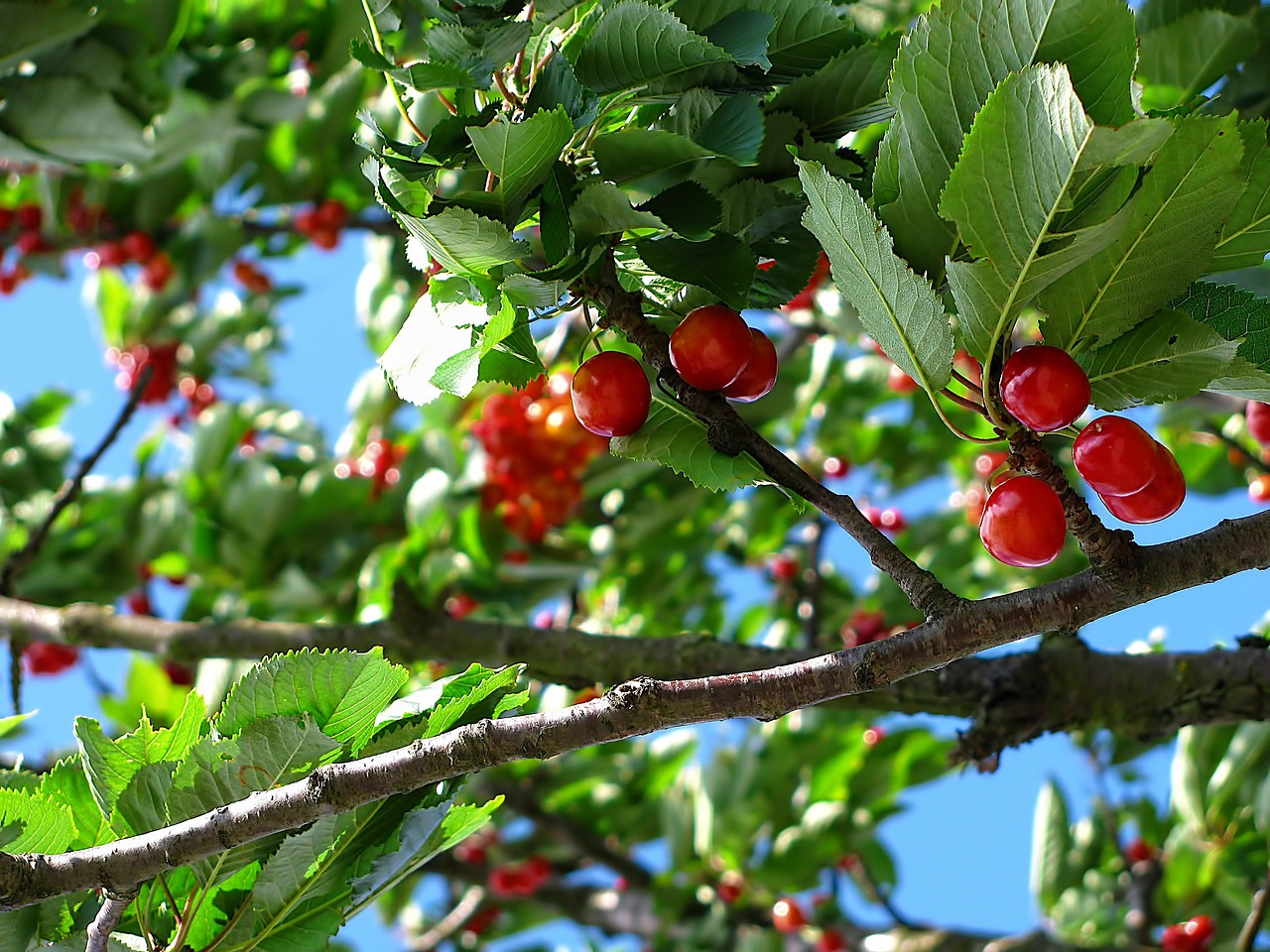
It’s July. Happy Independence Day! We’ve had a wet and warm June, so our gardens continue to look colorful and lush. The warm season flowers and veggies are loving the latest heat wave especially since there is ample water in the soil.
We’ve moved on from our honey berries and June bearing strawberries. The next fruit up is the black raspberries. This lesser known bramble is a great one in the garden. It doesn’t spread like its cousins the red raspberry and blackberries and produces delicious fruits on arching canes. Read more about this raspberry here.
Many perennials are in full bloom in our garden. One we always enjoy is the upright Veronicas. These bushy plants have colorful spikes of flowers and the clumping plants don’t spread very far. Learn more about Veronicas in this newsletter.
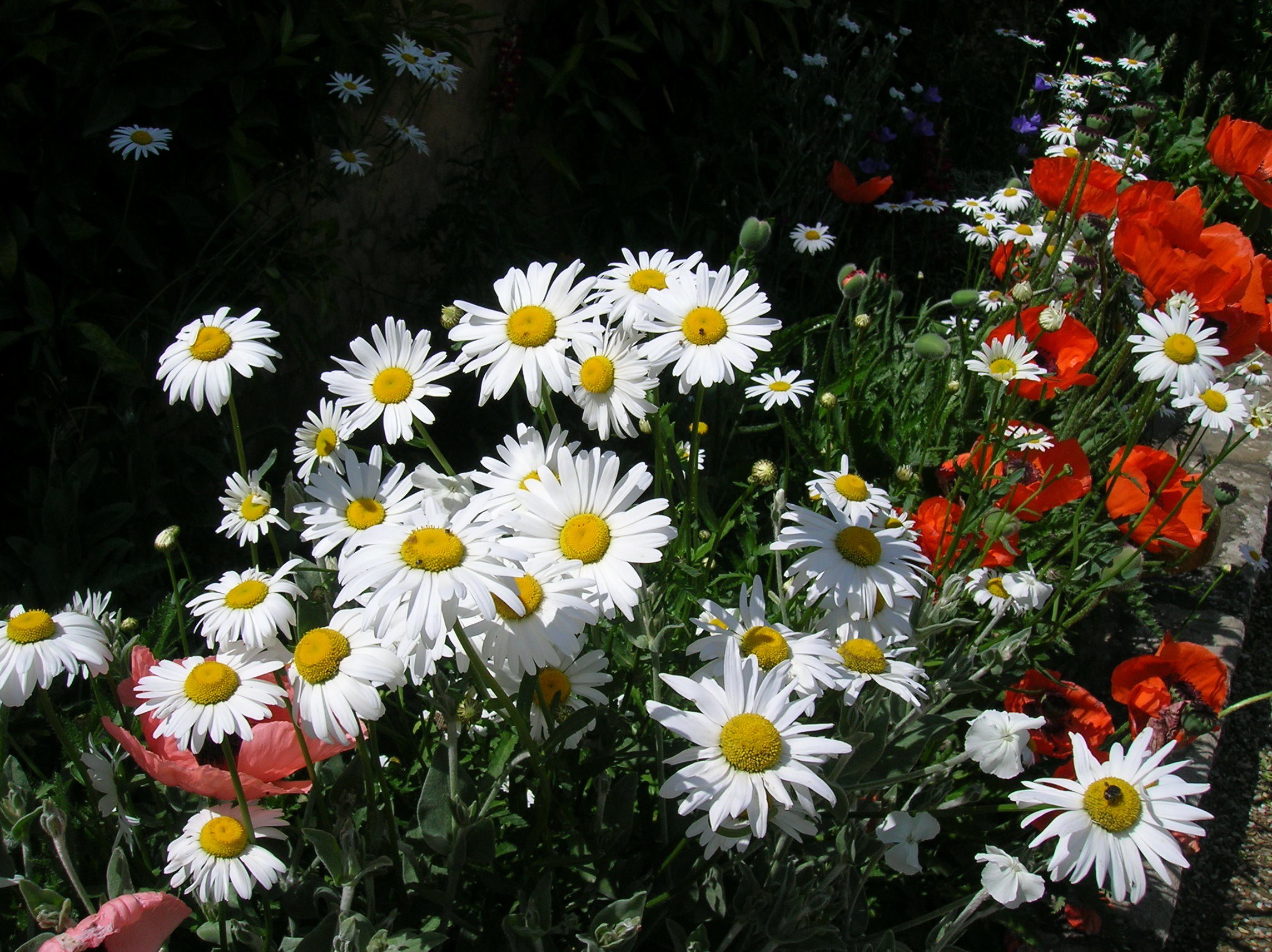
Japanese iris is a unique iris family perennial. It blooms now long after the bearded and Siberian irises have faded. I love the large, colorful flowers and ease of growing this beauty. Watch my video on Japanese Irises here.
Our pest of the week is a weed. The wild parsnip is found around the country. The classic tall weed with yellow, umbel-shaped flowers invades meadows and fields choking out natives. The sap of this weed can cause rashes and burns like poison ivy. Learn how to control this invasive weed in this newsletter.
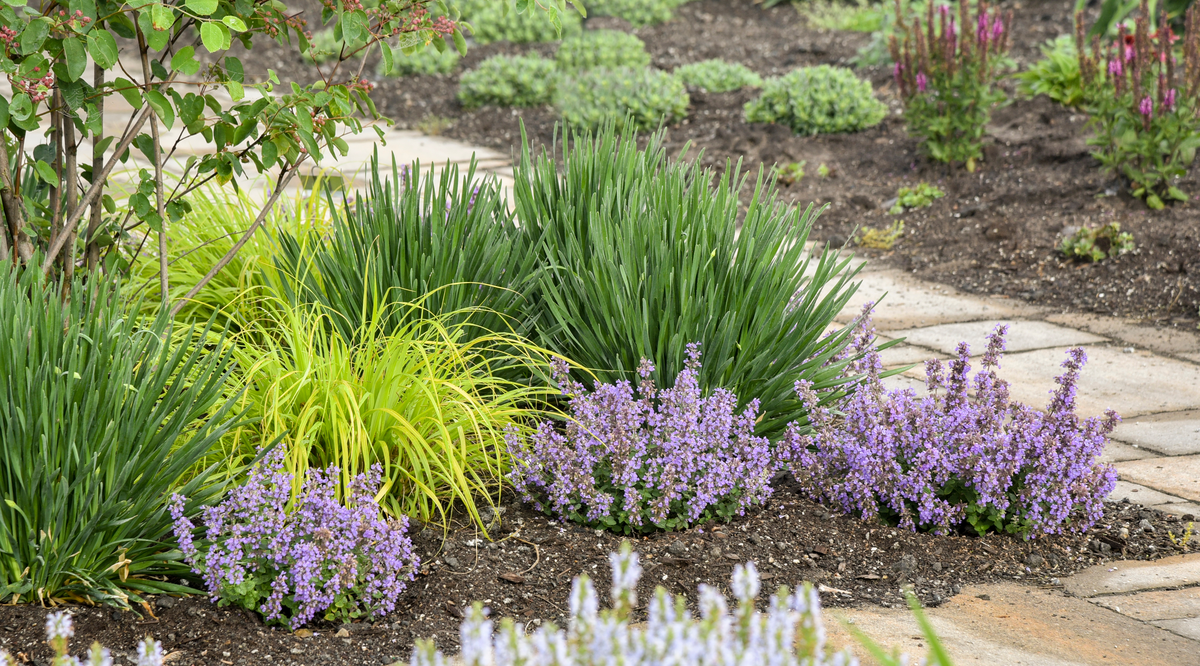
Proven Winners
Remember to check out my monthly garden blog I write for Proven Winners called What’s Up North. The July blog features some Perennial Flowers for the Heat.
Until next time I’ll be seeing you, in the garden.
Charlie
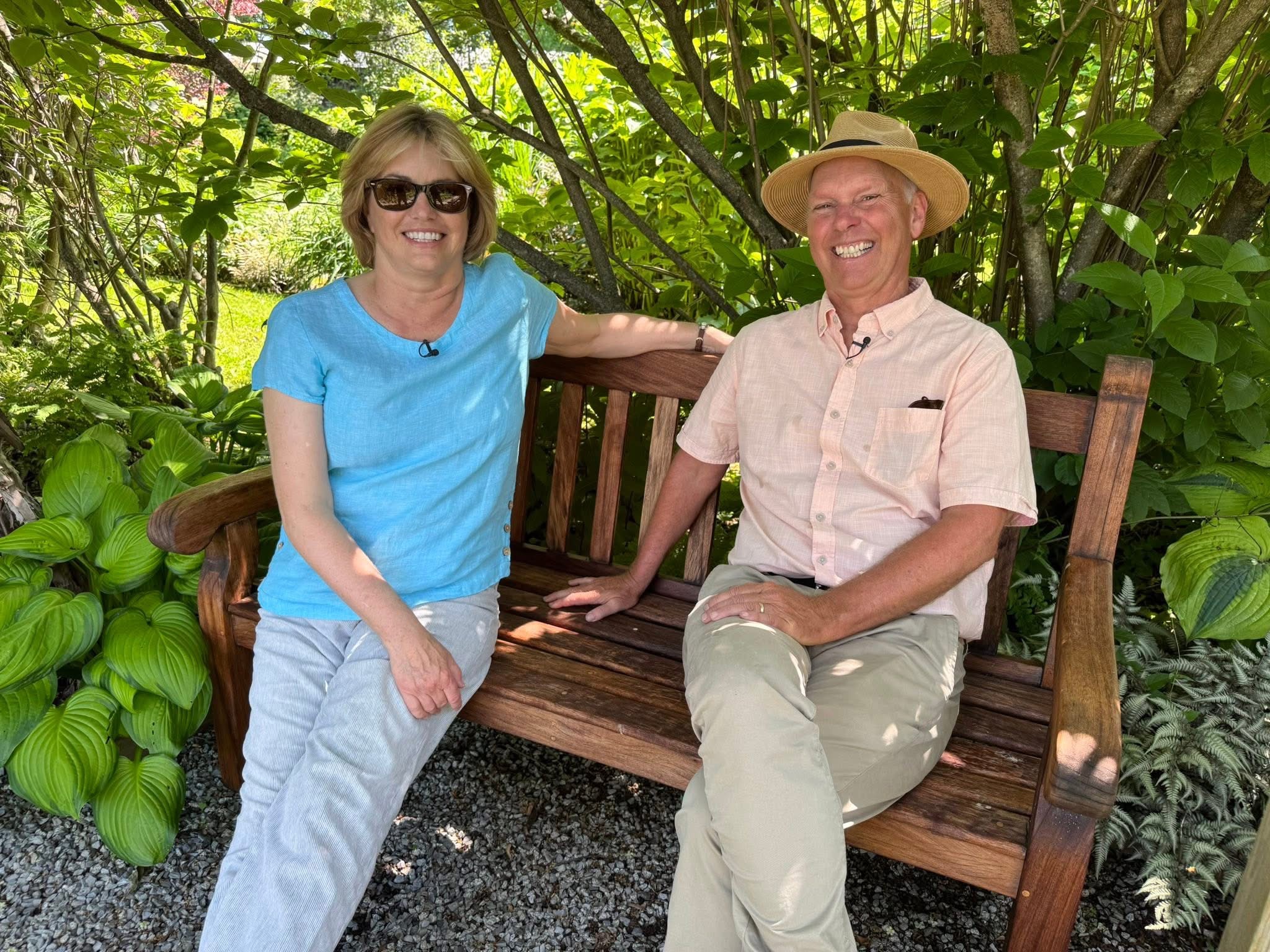
Where to Find Charlie: (podcasts, TV and in-person)
- In the Garden (WCAX-TV CBS) – This week: Interplanting
- All Things Gardening on Vt Public Radio– This week: Early Summer Blooming Shrubs
- WJOY In The Garden Podcast– This week: Something eating my tomato, slugs on basil, Japanese beetles, pruning lavender and more
- Where’s Charlie Speaking? 7/8-9/2025- Bus Tour of Isabella Stewart Gardner Museum and NE Botanical Garden, MA.
Black Raspberries
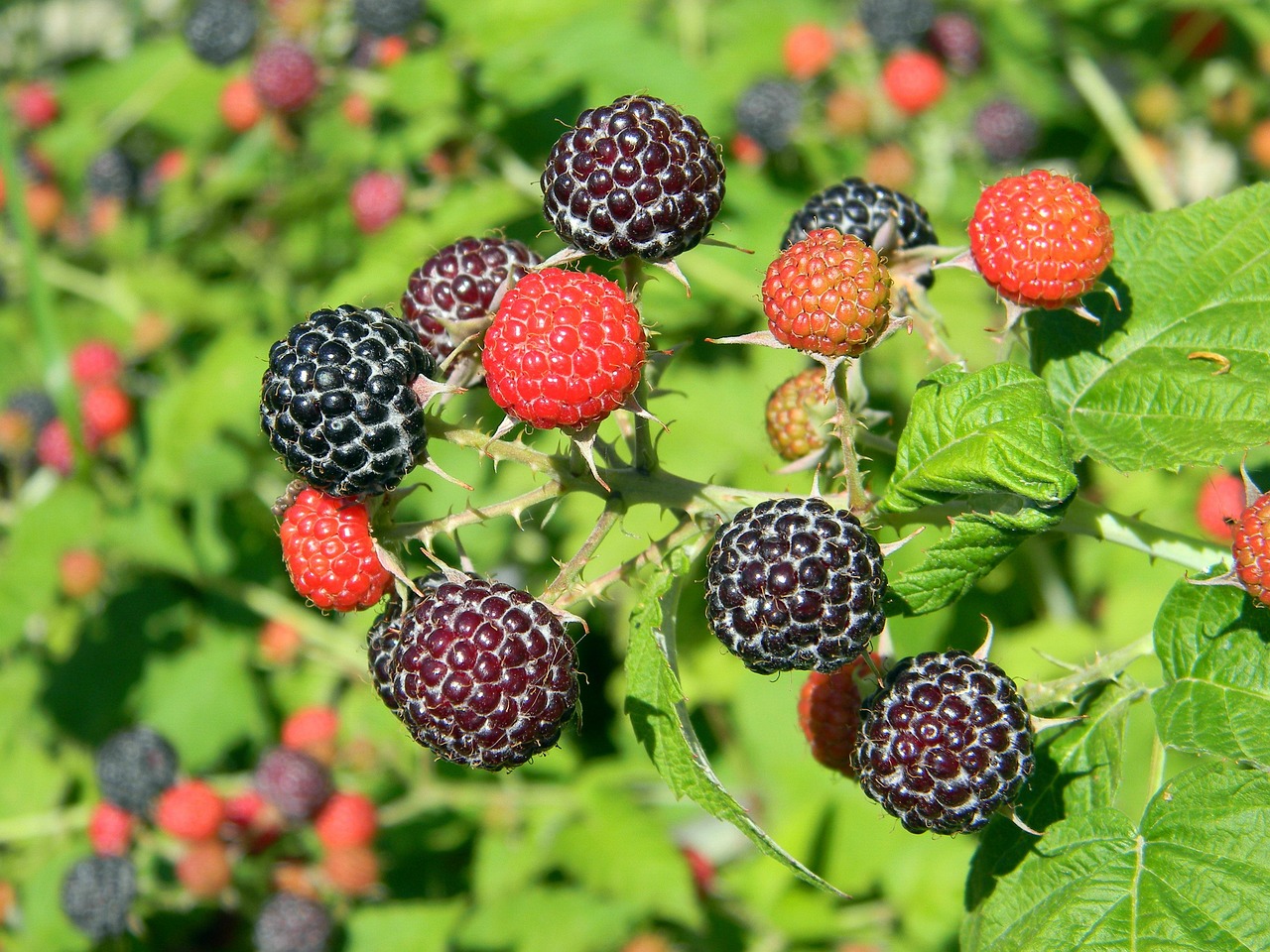
Brambles (raspberries and blackberries) are some of the easiest fruits to grow in the landscape. They’re tolerant of part sun, don’t need ideal soils and yield fruits quickly. While most gardeners are familiar with red and yellow raspberries and blackberries, fewer know black raspberries.
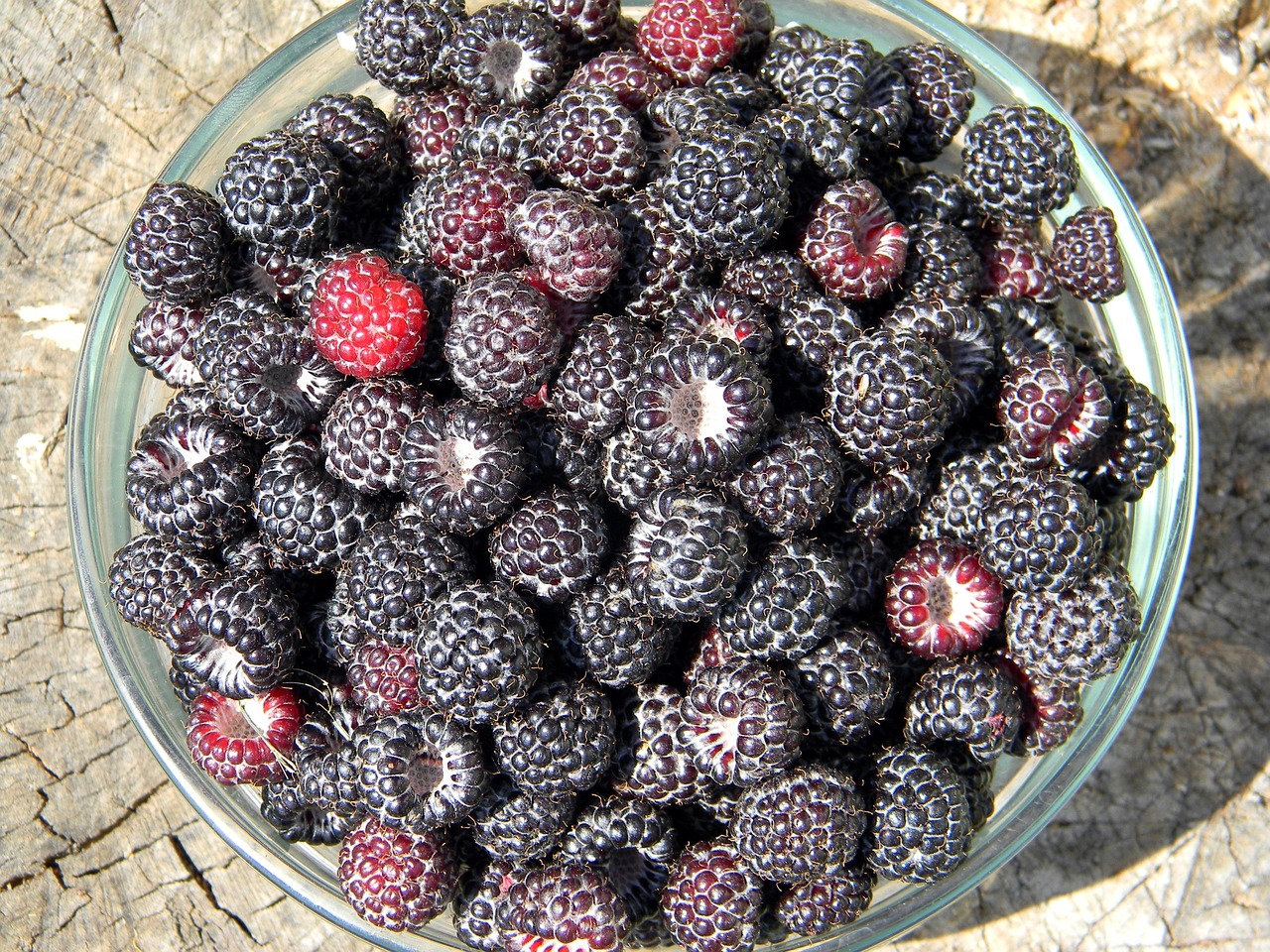
The advantages of growing black raspberries are many. The plants are tough and hardy. They’re a clumping plant so don’t spread like other brambles. Their fruits ripen early, right after June bearing strawberries, and the black fruits have fewer seeds and a stronger raspberry flavor. We’ve been growing black raspberries for years and love them. They only require a simple fencing system to keep the long arching canes upright. We grow ‘Jewel’ because it’s reliably hardy in our area. Other varieties to try around the country include ‘Bristol’ and ‘Mac Black’. ‘Niwot’ is a rare primocane fruiting black raspberry that’s available.
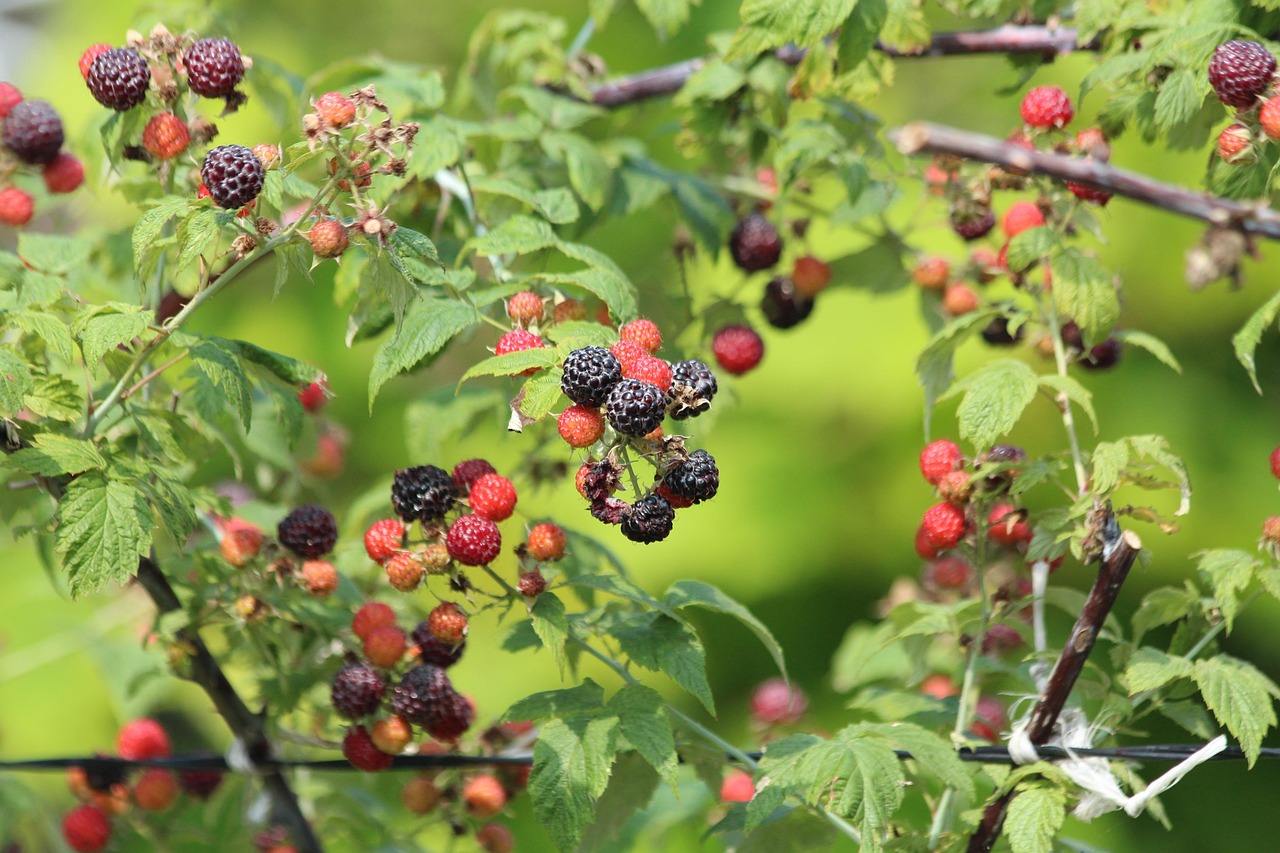
Most black raspberry varieties are biennial. The first year primocanes grow from the crown. They survive the winter and produce fruit the second year. ‘Niwot’ is a primocane variety that produces fruit both in the the fall and summer. Plant black raspberries where raspberries thrive. They like full sun, well-drained soil and a support such as a trellis. We have 10 plants in a row with one metal stake on each end of the row. There are two wires strung between them at 3 and 5 foot heights. This is enough to keep the canes off the ground.
Black raspberries require little care. Keep the bed well weeded and mulched, add compost for fertilizer and prune annually. Each summer after fruiting, prune out the fruiting canes and top the primocanes to force them to branch out. This will reduce the length of the cane, making it more manageable, and it will produce more fruit the next year.
Read more about Raspberries here
How to Grow: Veronica
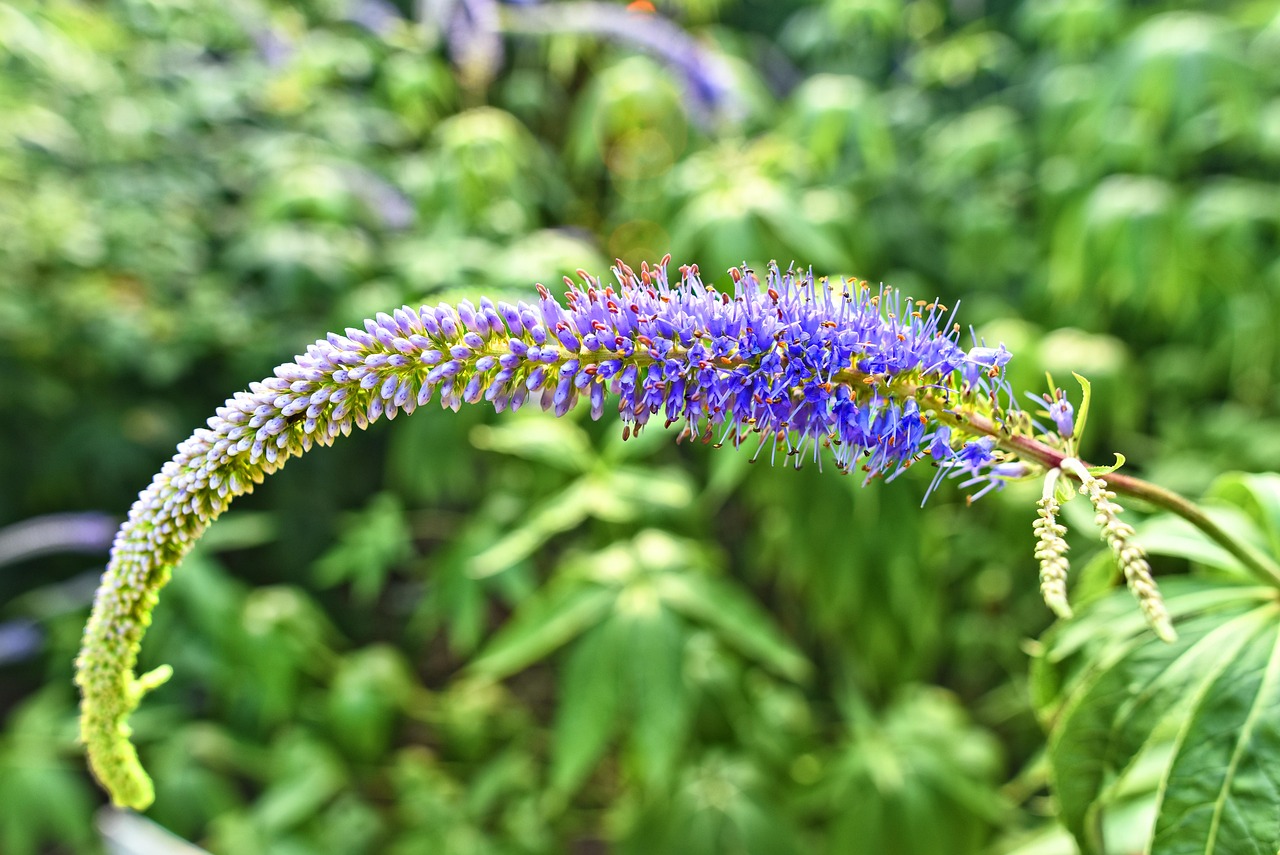
Cottage gardens are known for their beautiful perennial flowers. One of the classics is Veronica. Veronica is a hardy, tough, clumping perennial and comes in two forms. The first is a low growing ground cover also called speedwell. It has small purple flowers and the this Veronica is good as an under story plant. The one I’m focused on here is the tall, upright version. This Veronica (Veronica spicata) has attractive white, red, pink, or purple flowers this time of year that grow on candles that emerge from the crown of the plant.
There are many varieties of upright Veronica to grow. ‘Royal Candles’ has purple colored flowers on 20-inch tall plants. ‘Red Fox’ features pinkish-red flowers that are great butterfly and bee attractors. ‘Purpleicous‘ is just what it sounds like. Purple flower candles that stand tall on a 2-foot tall plant.
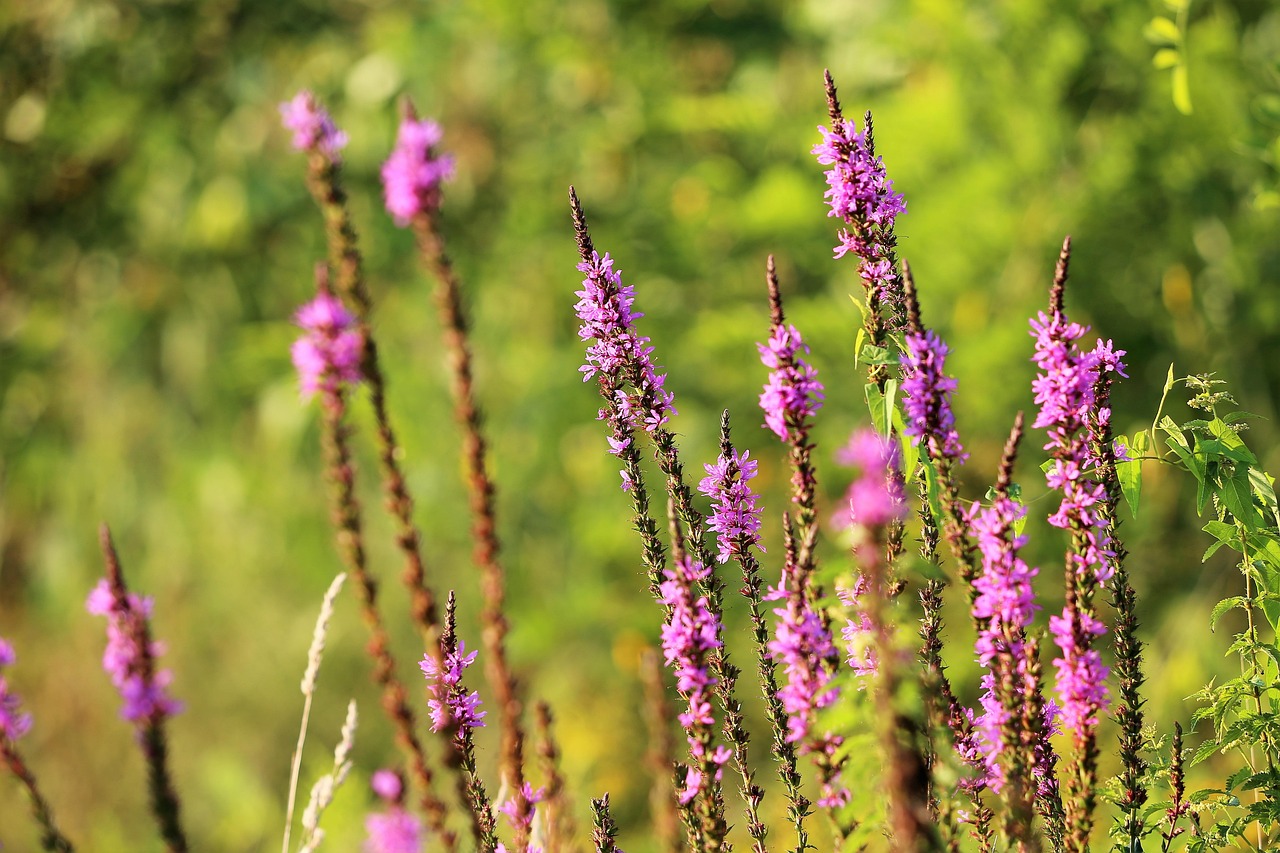
Grow Veronica in full sun on well-drained, compost amended soil. These clumping plants behave themselves in the flower garden not spreading much. However, they can get overrun by other more aggressive perennials so watch who you plant next to them. The flowers bloom in early summer and, if you’re diligent about deadheading, you’ll get another flush of blooms in early fall. The flowers are favorites of butterflies and bees and are great for cutting.
Veronica is hardy in zones 4 to 8, may need a little afternoon shade in warmer regions and reliably returns each spring in colder areas. Deer and rabbits don’t seem to bother with it and the plant can be divided after 3 to 4 years in spring to make more Veronicas.
Learn more about growing Veronica here
How to Grow: Japanese Irises
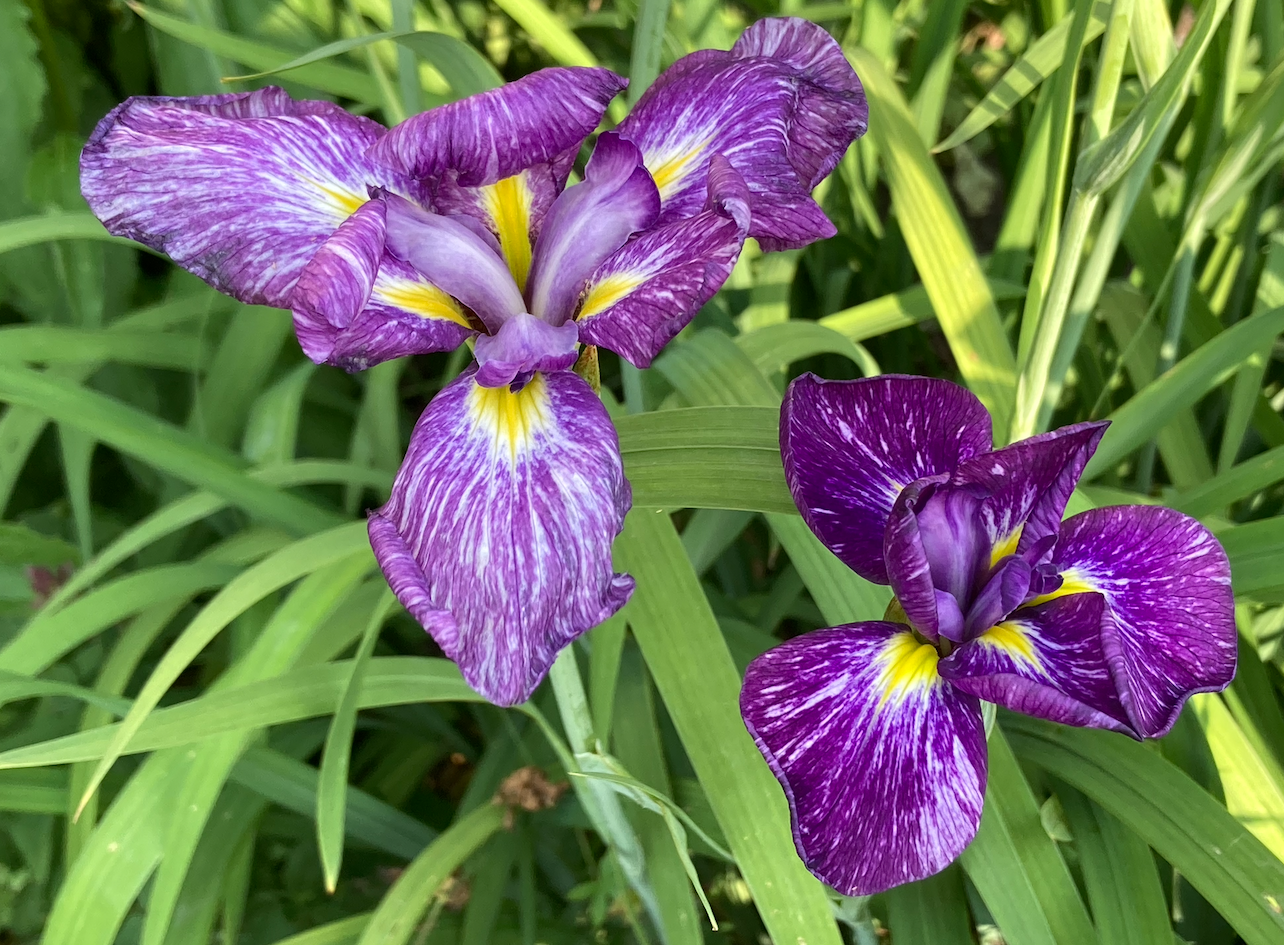
Japanese irises (Iris ensata) are a lesser know iris that should be planted more. It’s a beautiful clumping plant that produces large flowers weeks after bearded and Siberian irises have passed. The flower petals are light and colorful and seem to dance on the wind like butterflies. The plant is hardy to zone 5, flowers reliably each summer and is easy to care for.
Plant Japanese irises in a full to part sun bed for best flowering. The plants like moisture in spring and summer, but need good soil drainage in fall and winter. It’s a good plant to bloom in that in between period in your perennial flower garden after peonies have finished but before the summer perennials of echinacea, rudbeckia and salvia are in full swing. The 3-foot tall clumps are easy to divide after a few years to create more irises to grow.
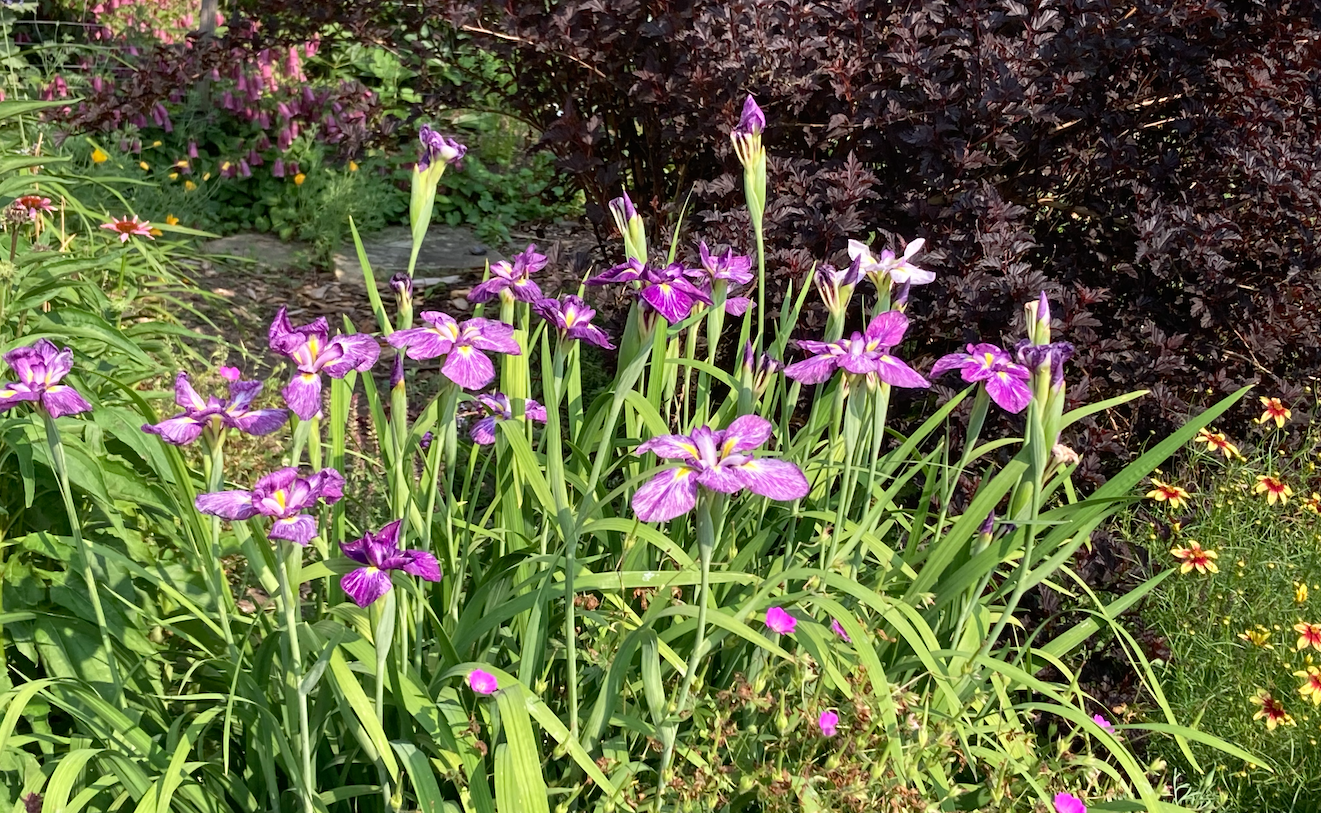
There are many varieties. We grow ‘Geisha Girl’ for its lavender flower petals streaked in white. ‘Rose Queen’ and ‘Japanese Pinwheel’ are two other popular varieties. Japanese irises like moisture during the growing season. Plant them in compost amended soil or along a stream or pond to help keep the roots moist. The plants have few pests. animals don’t seem to bother them and they are less likely to get iris borers. Enough said, watch my short video on Japanese Iris here.
Watch the video on growing Japanese Irises here
In Our Garden: Pest of the Month: Wild Parsnip
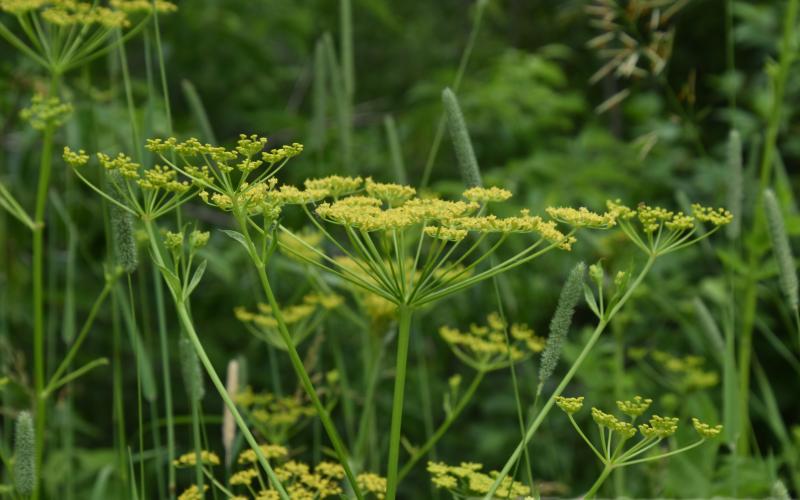
University of Minnesota
The wildflower meadows are looking beautiful this time of year with many native flowers blooming, However, in many meadows, fields and roadsides, there’s another invasive plant growing that wants to take over. The wild parsnip (Pastinaca sativa) or poison parsnip is a Euro-Asian invasive that forms 4-foot tall flower stalks. The flowers are in a large umbel ,similar to Queen Anne’s Lace, but yellow colored. It does attract bees and insects, but also spreads rampantly by seed. Its spread chokes out natives and ruins hay fields.
T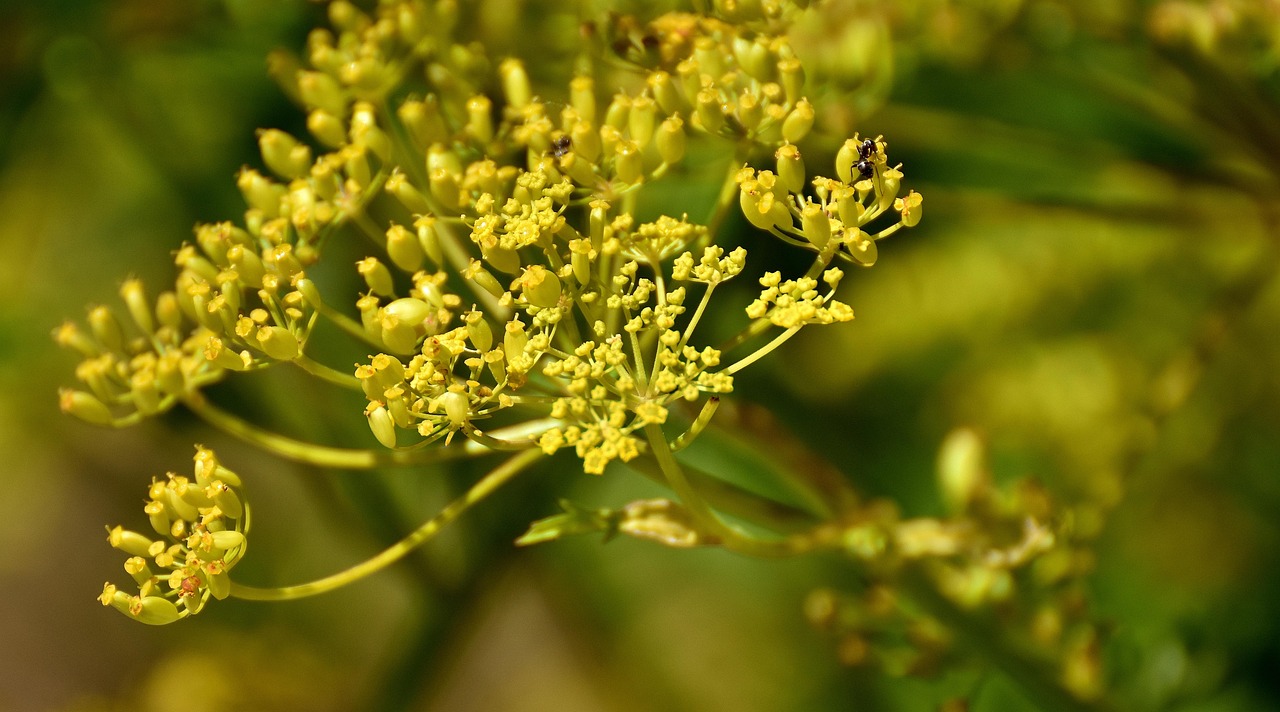
The other kicker with wild parsnip is it has sap that causes rashes and burns on your skin, especially if your skin is exposed to light. This can be very painful. So what to do? Wild parsnip has a taproot and is a biennial like wild carrot. The second year it sends up flower stalks. I see it now all around our area in Vermont in full flower. The two best methods of control are pulling the plants or cutting them down when they’re flowering. If you have a small infestation, simply yanking the plants out of the ground after a rain is best. Always wear a long sleeved shirt and pants, boots and gloves. Wash all the clothes after removing the parsnips. For larger patches, mow down the parsnip repeatedly. If that isn’t possible, at least cut it down to the ground at flowering before it sets more seeds. Our neighborhood has done a good job of staying on top of the wild parsnip even while other meadows around us have lots of them. The seed can germinate for up to 5 years so it’s an annual project to control it. But we have in our neighborhood, so it can be done.
Go here for more on Organic Weed Controls
Go here for more on Wild Parsnip



